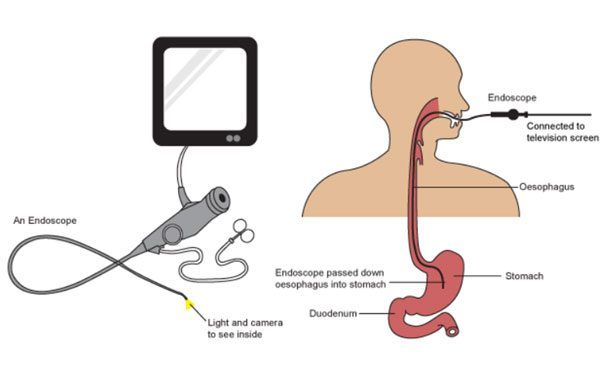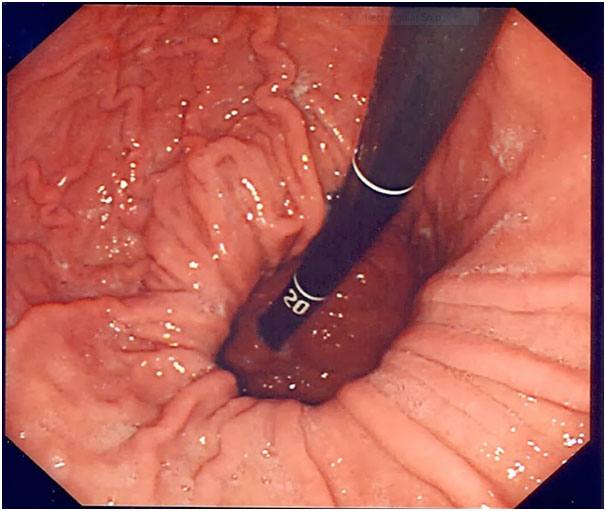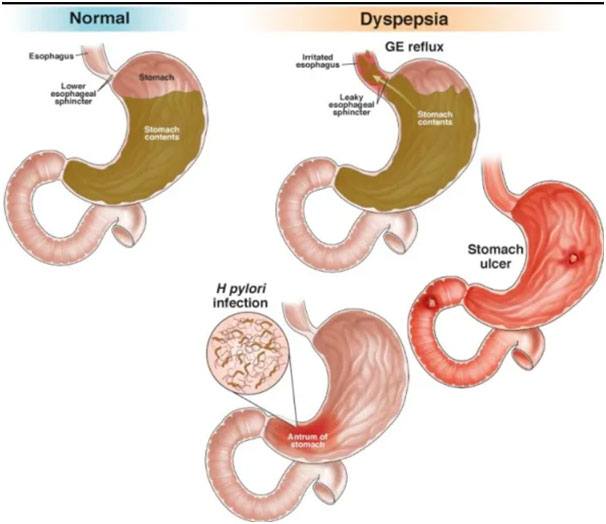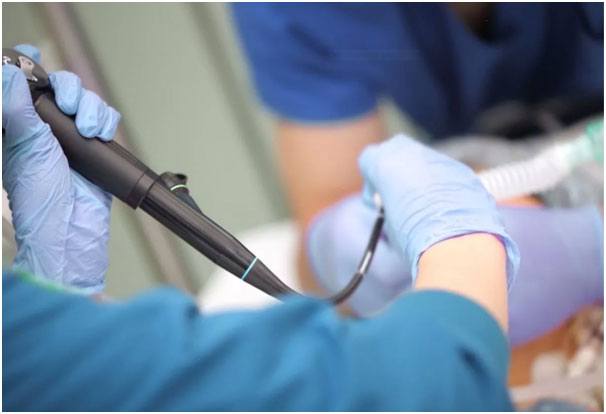Gastroscopy
What is gastroscopy?
Gastroscopy or upper gastrointestinal endoscopy is a procedure to visualise the inside of the oesophagus, stomach and duodenum (first part of the small intestine). It involves the use of a thin flexible tube called an endoscope that is inserted through the mouth to reach the intestines. The endoscope contains a camera and light source to provide a clear magnified view of these structures. Instruments may be inserted through the endoscope to carry out certain procedures.

What are the indications of gastroscopy?
A gastroscopy may be performed for diagnostic or therapeutic reasons. It can be used to determine the cause for abdominal pain or swallowing abnormalities. It can identify stomach ulcers, polyps, tumours and conditions such as gastroesophageal reflux disease. Instruments may be used to clear an oesophageal blockage, treat a bleeding ulcer or remove a tumour.


What happens before procedure?
Before performing gastroscopy, you will need to:
- You will need to see your family doctor and get a referral letter
- Discuss your current medications with your doctor
- Abstain from any food or liquid intake 6 hours prior to the test
What happens during procedure?
Gastroscopy is performed as an outpatient procedure. A sedative may be administered to keep you comfortable. Your throat is first numbed with an anaesthetic spray. The endoscope is then introduced through your mouth and you are asked to swallow the tip of the tube. The tube is then slowly guided down your oesophagus, through your stomach into the duodenum (first part of your intestine). Your doctor carefully evaluates these structures as the scope passes through and if possible, treatment is performed through the scope. The entire procedure takes about 15 minutes or longer if a corrective procedure is being performed.

What happens after the procedure?
You will be observed until you recover from sedation and may be given something to drink an hour later. Your diet should be slowly advanced as tolerated.
Once you are fully awake and alert, Dr Khan will speak to you in discharge lounge prior to being discharged and explain about the gastroscopy findings and discuss follow-up arrangements as well timing for next procedure if required. You are also given a handwritten report and photos to take home for your personal records and a formal typed report is sent to your referring doctor later. You can usually leave about 4 hours after the procedure.
It is important to have someone drive you home due to the sedation.
You may feel a sore throat after the procedure which will improve after 48 hours.
What are complications of gastroscopy;
The procedure is usually quite safe but may rarely be associated with certain complications such as damage to the inner lining of the tract which can lead to perforation or bleeding as well a small risk of vomiting and aspiration of gastric contents.










